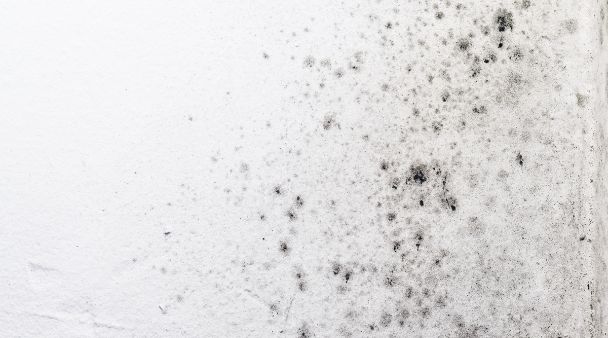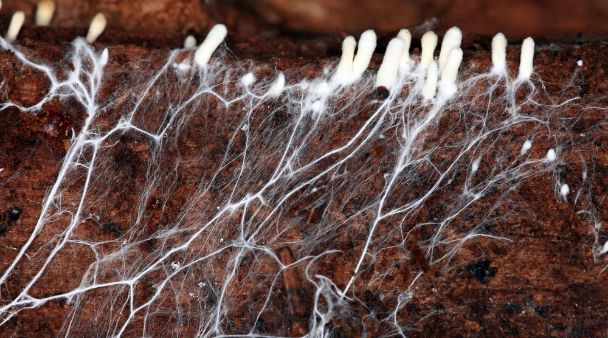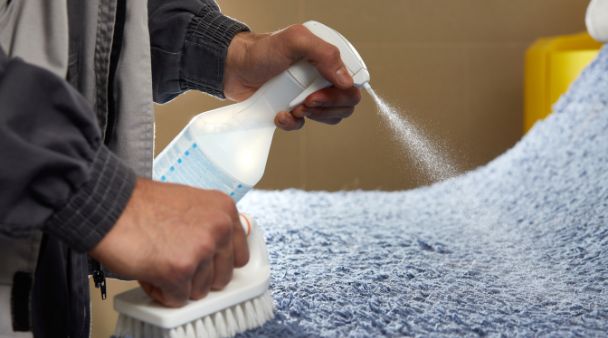Why Does Mold Keep Coming Back After Being Removed?
Mold that returns after you've tried all that you can to get rid of it can be very upsetting. Mold exposure frequently causes minor allergy symptoms like sneezing, watery eyes, and sniffling. Mold exposure affects people differently, and some people may have severe symptoms such as asthma attacks or breathing difficulties.
It's critical to get to the bottom of the problem if you want to avoid mold problems in the future. If you're having trouble with mold that continues reappearing after removal, you need to figure out why it's happening.
The Life Cycle Of Mold
To prevent mold from regrowing in your house, you must first learn the mold life cycle and understand how to break it.
For it to grow, mold needs a certain type of environment and unique prerequisites. Some of those conditions include the ideal temperature, nutrients, and humidity. Once these conditions are set, mold moves through the following stages.
Stage 1: Hyphal Formation
During the decomposition process, hyphae (filamentous cells shaped in a thread-like manner) produce enzymes that aid in the breakdown and uptake of water nutrients. The hyphae, by absorbing nutrients from the decaying organic material, develop into a fungus.
Stage 2: Formation Of Spores
At the tips of the hyphae cells, spores develop. The speed and quality with which the spores grow are determined by various factors, including light vs. darkness, high vs. low oxygen levels, temperature (warm vs. cold), and the availability of organic matter.

Just by citing those factors, you can agree that there are some of these conditions that you can control.
Stage 3: Dispersal Of Spores
The mold seeks to spread after the spores have formed. Mold spores are discharged into the atmosphere and taken somewhere else to start the germination process and continue the development cycle.
The spores can persist in a dormant state for months or even years, even in extremely hot and arid environments. When they get access to moisture and the other necessary factors, they come back to life.
Stage 4: Germination Of Spores
The spore sprouts once it finds nourishing circumstances. The mold life cycle starts all over again.
What Does Mold Require To Grow?
You might think that you need copious amounts of organic matter in your house for mold to grow. That is an assumption that many make. Mold only requires small amounts of nutrition to grow and survive. The sad thing is that these nutrients are to be found in a typical day.
Mold spores feed on dead human cells (pet cells as well), dust, dirt brought in from outside, and food particles. Moisture, however, is the most important component for mold spores. This is the factor that you have the most control on.
Since you won't be in a position to get rid of mold spores from your home, you can reduce the amount of moisture in it. This is often referred to as your home's humidity level. Some areas of your home, such as toilets and basements, may be damper than others.

You should be aware of the somewhat inefficient nature of the HVAC system. By virtue of its installation, it is meant to primarily serve the key rooms of the house. This means that some rooms such as the basements and bathrooms might be a common growth ‘base’ for mold.
The location of the aforementioned areas make them susceptible to molds. Bathrooms are typically left with residue from your everyday shower. Basements, on the other hand, are more humid.
The Reasons Mold Resurfaces After It Has Been Removed
Leaky Pipes And Poor Ventilation
Mold thrives in damp, cold areas with little airflow. Mold spores thrive in damp environments, especially when pipes are leaking. Molds require dampness to develop, and failing to eliminate any sources of moisture or condensation may result in the mold issue never being resolved.
Even if the mold is removed, if your pipes continue to leak, you will be allowing new molds to grow because nothing inhibits them from doing so. Mold development is accelerated in a stuffy area with poor ventilation, making it a persistent problem.
Failure To Replace Wet Items
Some individuals are enamored with their possessions and find it difficult to do away with them when they are contaminated by mold. Many people would rather clean their wet carpets, mats, or clothing and then bring them back in after they are dry and mold-free.

This is a misconception since molds must form a huge network around their food source in order to be detectable, making it harder to eliminate them. There's a good probability you won't be able to properly clean your wet carpet or mats because bleaching chemicals will simply affect its color or appearance. Molds will reoccur after some time, making it difficult to restrict their growth.
Applying Mold-Resistant Paint To Older Paint
If mold was growing on your old surfaces and you thought about painting them with mold-resistant paint, it would be a temporary repair, but it would not totally eliminate the mold. Mold spores that are still present beneath the paint will continue to grow and eventually become noticeable.
This makes removing existing mold difficult, and you'll have to spend a lot of money on your renovation project because you'll have to get rid of all of the mold on your surfaces.
Using Bleaching Materials
The majority of people believe that bleach can kill mold. This common misconception can never completely remove the mold because it only works to transform the hue to a white or clear tint. Instead of solving the problem, you'll have created an environment that encourages mold growth. Using bleaching chemicals is also a bad idea because airborne mold spores and bleach fumes are inhaled during the procedure.
Why Markham Services?
Markham Services is one of Central Florida's leading mold inspection firms specializing in finding and preventing mold in your home or office. We confine our services to mold inspections, testing, and reporting. Mold and other microbiological contaminants are inspected and tested in your house, apartment, office, or commercial facility.
A qualified Certified Mold Inspector and Certified Indoor Environmentalist supervise and conduct each inspection project. To book a mold inspection, call us at 407-913-6363 or email us at info@markhamservices.com.


